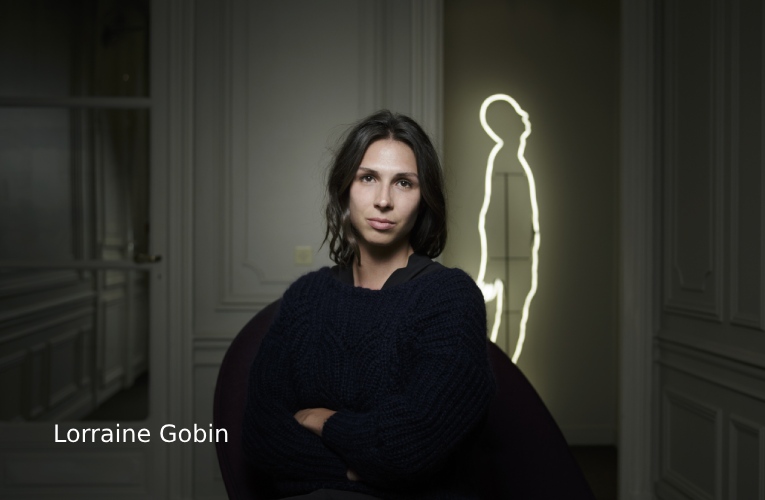Thokoza: When young photographers are given a camera and support, visual narratives change in a community
By Edward Tsumele, CITYLIFE/ARTS Editor
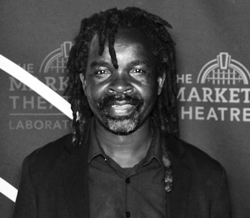
In recent months, I have written a series of articles about the emergence of the still art of photography on the East Rand townships of Johannesburg, as a powerful visual medium of telling the stories of a people who were once under the grip of violence and mayhem before freedom, but now are free to express themselves in a free South Africa. This is despite the other current problems of unemployment, poverty and other social ills that stalk several townships .
At the forefront of telling these stores are mainly young photographers born in the area, some of whom are so called born-frees (born in or after 1994) and therefore never witnessed the violence that tore the community apart, and whose scars are still stalking its victims among the old generation of the residents of townships such as Thokoza and Katlehong. That violence is well recorded by a maverick group of photographers, battled hardened and in some cases scarred by the very same violence they recorded, going by the name of The Bang Bang Club. This u=influential photography movement emerged just before the 1994 watershed elections in South Africa that saw Nelson Mandela voted the first President of a Democratic South Africa. That is when the so called-Black-on-Black violence saw dead bodies scattered in the streets as members of the Self-Defence unit of the then recently unbanned ANC went toe to toe with their revival political formation the Inkatha Freedom party.
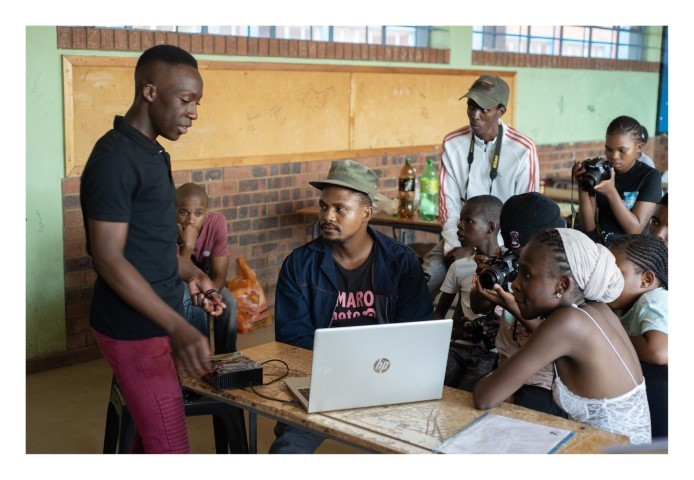
That story was captured on film by the Bang Bang Club, a group that enjoyed international admiration and prominence for risking their lives to capture history and the story of this unique violence in black communities whose scale and nature was never witnessed before in this history of the struggle for freedom. That story was the story of the Bang Bang Club. However that is not the story of this new emerging crop of young photographers that include Tshepiso Mazibuko, Lindokuhle Sobekwa and Vuyo, all award winning visual story tellers whose photographs are mainly about documenting life in the very same townships in post apartheid South Africa.
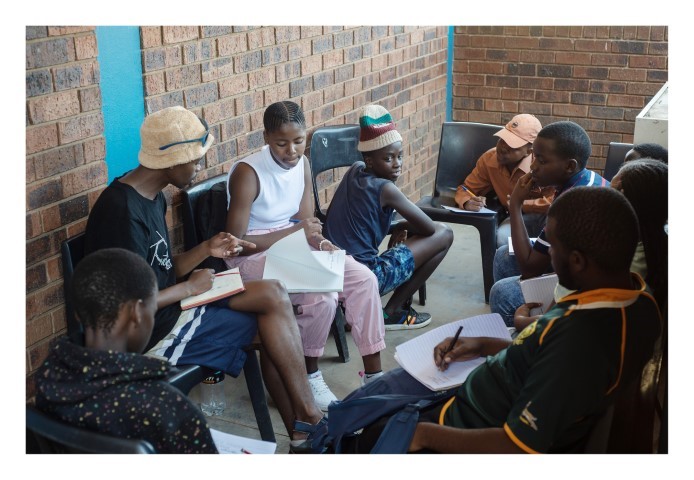
But their images are not overtly political, unlike their predecessors. That position may however be undermined by the valued arguments that posits that, that in fact is looking at the images by these young photographers at the surface. Going deeper however reveals several complex layers of the issues they are dealing with. Such as fashion, identity politics and a yearning for something that was denied to their older generation, as part of the so not hidden legacies of apartheid in these communities. And so in a way, it can be therefore argued that these visual narratives emerging from the area by these young photographers is personal as well as political. In a way the struggle within these communities continue, but these are different struggles from those of the past that these young photographers are capturing on camera.
However the emergence of this important collective visual voice by these photographers did not just happen by itself. A number of international and local players have come together to intentionally invest in harvesting what otherwise would be silent and hidden histories and voices within these communities.
These players behind the scenes crafted and planned programmes that have triggered the interest in the photographic form among the youth in these communities to tell their stories to the world. These players, most crucially put in money that sees these young photographers learn from seasoned photographers as mentors.
Conversation with the French funders of Of Soul and Joy
CITYLIFE/ARTS this week had a conversation with these players, based both in South Africa and France to talk about the changing visual history that is taking place on the East Rand, not so quietly anymore.
First we tracked the funders in France and the below is the conversation I had with them, asking them a number of questions relating to this project:
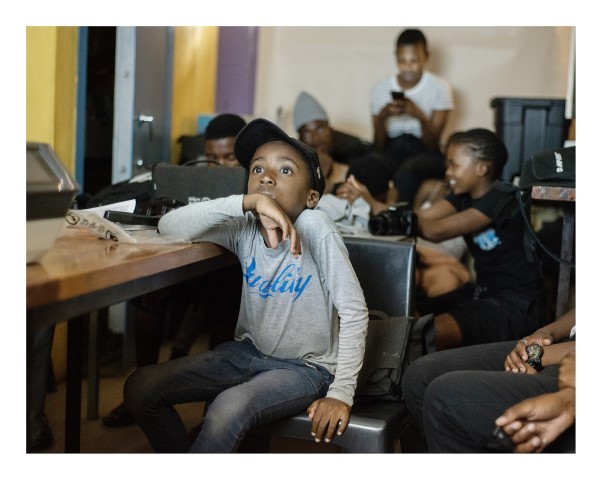
The answers were provided by Lorraine Gobin (Managing Director, RubisMécénat) and Juliette Le Bihan (Project Manager, RubisMécénat).
CITYLIFE/ARTS: When you fund a project, what is your broad criteria?
RubisMécénat: The RubisMécénat endowment fund, created by Rubis (a French company in the energy sector) in 2011, carries out committed artistic and social projects. Their aim is to promote contemporary creation, support emerging artists, and empower disadvantaged youth through art.
RubisMécénat —driven by its conviction in the social role of art— develops artistic and cultural education projects in some countries where Rubis operates. Their goal is to empower disadvantaged youth and contribute sustainably to their training and integration by using artistic practice as a means of emancipation and positive engagement. In 2012, RubisMécénat established Of Soul and Joy, its first project centered on photography in the township of Thokoza, in Johannesburg, South Africa, with the support of Easigas (Rubis local subsidiary).
The fund then developed several other projects in Jamaica and in Madagascar. Moreover, RubisMécénat has been committed to highlighting contemporary creation —both exacting and democratic— by providing production assistance to emerging and mid-career artists to create new work in France.
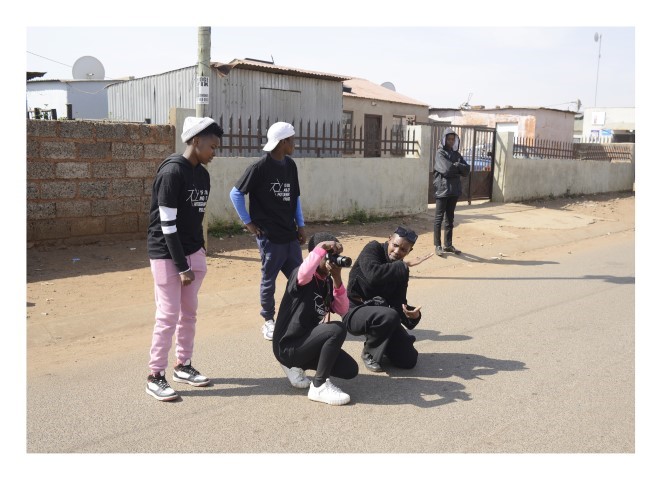
The ensemble of these actions meets RubisMécénat’s desire to promote contemporary creation in all its diversity, encouraging transmission and exchange while creating the essential conditions for new artistic forms and discourses to emerge.
CITYLIFE/ARTS: Of Soul and Joy has increasingly become the foremost successful photography project in South Africa, whose alumni continue to make not only national (South African) but global impact. What in your view has made all these achievements possible?
RubisMécénat: With the local team, and especially our Project Manager Jabulani Dhlamini, we have gradually implemented a tailor-made support system which allows our beneficiaries to cultivate artistic expression and access new professional paths, so that they can in turn have a positive impact on their communities.
In addition to artistic training with professionals, the project offers its beneficiaries further training (professional practices, English, life skills, etc.) and access to a network of key players in the local and international cultural scene (such as the agencies Magnum Photos or Noor).
Moreover, each year, the project awards academic scholarships to the most promising students for higher education programmes in photography at a university of their choice, including the Market Photo Workshop in Johannesburg.
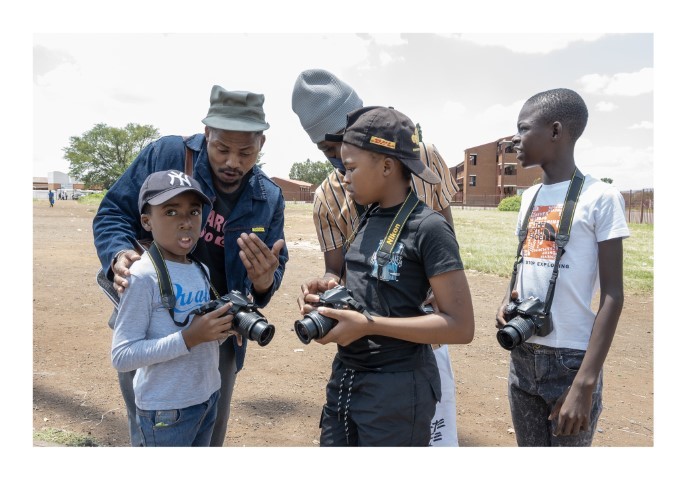
The project also allows new talents and vocations to emerge by providing international exposure and networking.
Within the project, numerous artists and professionals are invited to share their experiences, including Roger Ballen, BiekeDepoorter, John Fleetwood, David Goldblatt (in memoriam), Mikhael Subotsky, Sabelo Mlangeni and Andrew Tshabangu.
We work collectively with talented emerging and renowned professionals that makes OSJ unique.
These encounters contribute to the success of OSJ.
And finally, the true commitment of our Project Manager, Jabulani Dhlamini, and his team, is also the key to the success of OSJ. His eagerness to pass on and share is one of the main strengths of our programme.
.Tomorrow, Wednesday, October 23, 2024,CITYLIFE/ARTS will run the last part of this two-part series about the success of Of Soul and Joy in which we speak to project manager Jabulani Dhlamini, Cinema Take Team leaders Mpumelelo and Emelie (the organization is currently collaborating with Of Soul and Joy in imparting film making skills to the young photographers in Thokoza trained by Of Soul and Joy on the East Rand.
CITYLIFE/ARTS: Do you fund any other projects in South Africa or the African continent similar to Of Soul and Joy?
RubisMécénat: Not through RubisMécénat. However, the Rubis Group directly supports, in partnership with the subsidiaries of the Group, charities working with the most vulnerable populations to improve access to education and health.
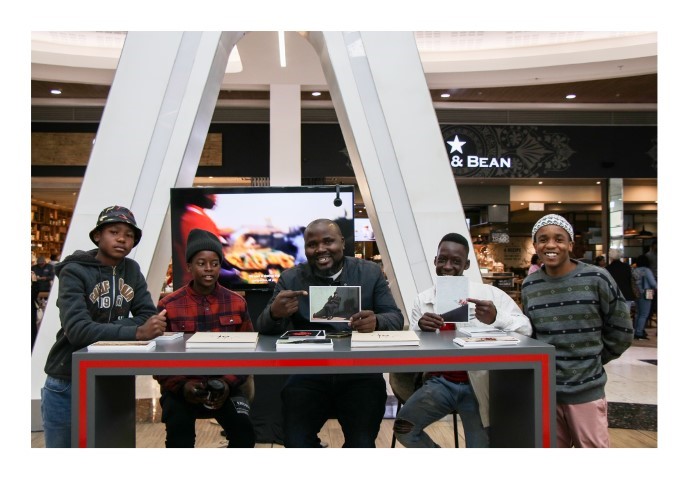
In South Africa, with Easigas, we’ve been supporting the Smile Foundation who is committed to transforming the lives of children affected by facial abnormalities and severe burns through the best possible surgical and psychological care, as well as the Eagle Foundation which provides free eye screenings for disadvantaged children.
CITYLIFE/ARTS: What has made you decide that this is a project that fits into your funding objectives?
RubisMécénat: Not relevant here – as we founded the project.










